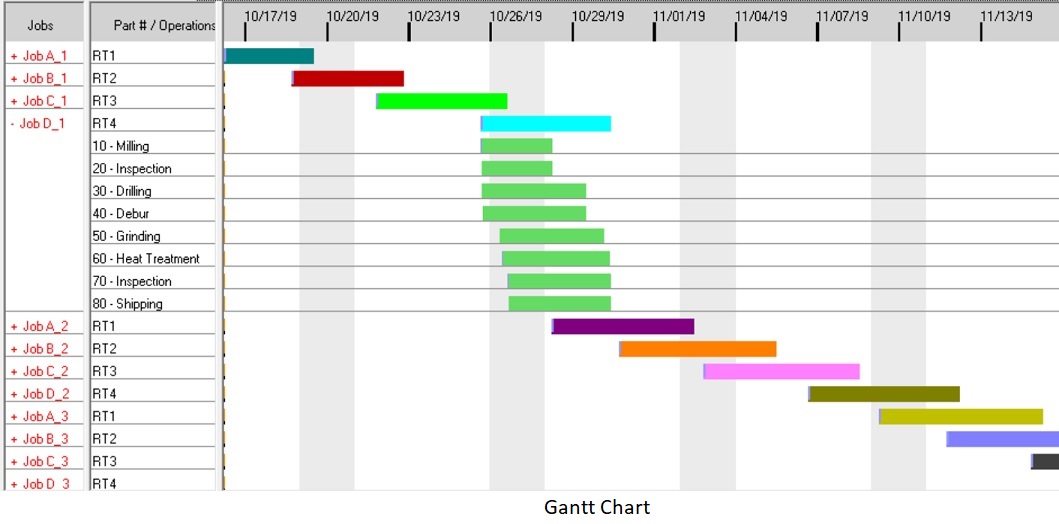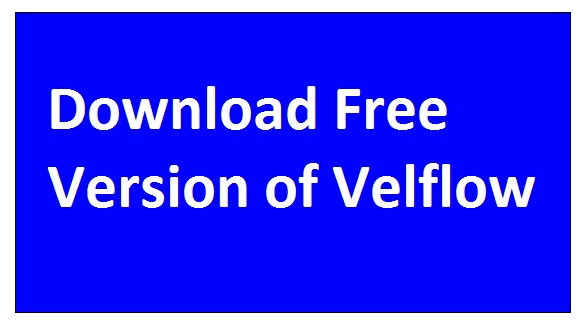Software Tool – Velflow
For Simulation, Analysis and Scheduling of Mixed-Model Production Lines
There are many production lines which make several products of various quantities one after another. These lines can be termed as mixed model production systems. Any operation in a mixed model production line may be a batch process or a piece-wise process. Process type of the operation and batch size may even vary with product. Material for any product may move from one work station to another piece by piece or in terms of batches. Key performance indices like WIP, order lead times, throughput and on-time delivery depend on several factors like:
- Setup times and cycle times for each order at each work station
- Product sequence
- Batch sizes (ranging from 1) for orders at work stations
- Set of resources available at each work station
- Multi-functional machines and multi-skilled workers
- Available times of resources.

It is not always easy to perform analysis, planning and scheduling of production in such systems. Many people use experience, commonsense and intuition to have a qualitative understanding of the effect of these factors and they use whiteboards or spreadsheets for production scheduling. Our software tool, Velflow helps them to analyze the effect of the factors on KPIs and also to generate an optimal production schedule. Velflow can also be used to to implement EPEI method (Every Part Every Interval) for finding product wheel when demand for any product does not fluctuate wildly over time. Velflow also enables users to perform quick and meaningful what-if analysis and identify bottlenecks in a production line.
We freely offer an academic version of Velflow which is very useful for training and education on analysis of production lines. Without giving your contact information, you can download it by clicking on the button on the right hand side. For information about the regular copy, please contact us through our web page, Contact Us. For a better description of Velflow as an analysis tool, you may watch our YouTube video “Simulation of Mixed Model Production” in the window below.

